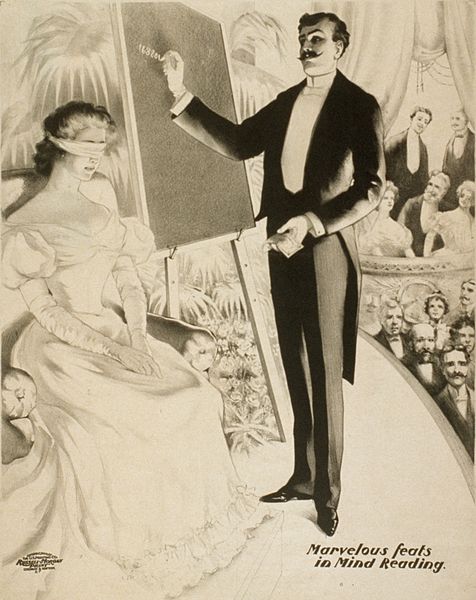In theatre, a thrust stage is one that extends into the audience on three sides and is connected to the backstage area by its upstage end. A thrust has the benefit of greater intimacy between performers and the audience than a proscenium, while retaining the utility of a backstage area. This is in contrast to a theatre in the round, which is exposed on all sides to the audience, is without a backstage, and relies entirely on entrances in the auditorium or from under the stage. Entrances onto a thrust are most readily made from backstage, although some theatres provide for performers to enter through the audience using vomitory entrances. As with an arena, the audience in a thrust stage theatre may view the stage from three or more sides. Because the audience can view the performance from a variety of perspectives, it is usual for the blocking, props and scenery to receive thorough consideration to ensure that no perspective is blocked from view. A high-backed chair, for instance, when placed stage right, could create a blind spot in the stage left action.

A thrust stage at the Pasant Theatre
Photograph of the thrust stage used for the Federal Theatre Project production of Doctor Faustus (1937) at Maxine Elliott's Theatre, airbrushed in white to emphasize its contours
Waldbühne Berlin
In theatre and performing arts, the stage is a designated space for the performance of productions. The stage serves as a space for actors or performers and a focal point for the audience. As an architectural feature, the stage may consist of a platform or series of platforms. In some cases, these may be temporary or adjustable but in theaters and other buildings devoted to such productions, the stage is often a permanent feature.
Stage of the War Memorial Opera House in San Francisco
Stage of the Polish Theatre in Bielsko-Biała
Stage of the Polish Theatre, Warsaw
A mentalist on a stage apron in a mind-reading performance, 1900







